Home>Garden Essentials>When To Weed And Seed Grass
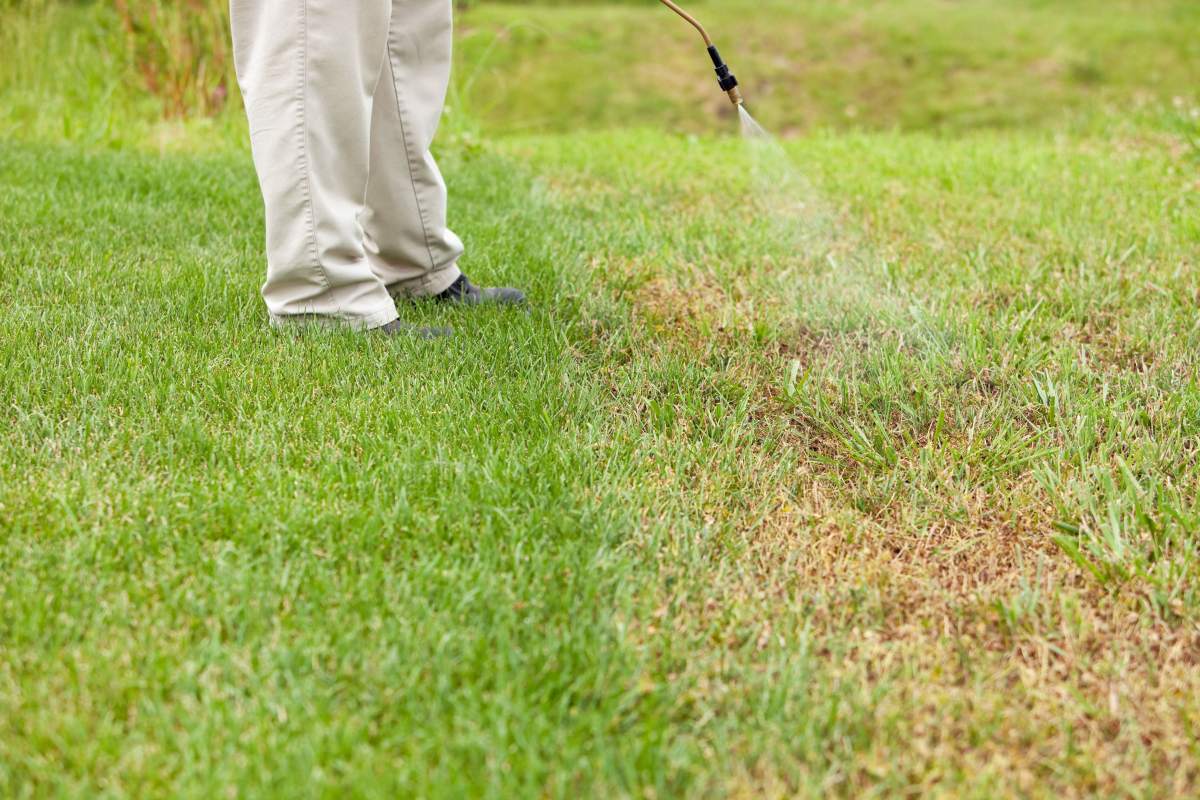

Garden Essentials
When To Weed And Seed Grass
Modified: August 16, 2024
Learn when to weed and seed your garden's grass for a lush and healthy lawn. Discover expert tips and techniques for optimal results.
(Many of the links in this article redirect to a specific reviewed product. Your purchase of these products through affiliate links helps to generate commission for Storables.com, at no extra cost. Learn more)
Introduction
Gardening enthusiasts and homeowners alike understand the importance of maintaining a lush and healthy lawn. A well-maintained lawn not only adds curb appeal to a property but also provides a welcoming space for outdoor activities. However, achieving and maintaining a beautiful lawn requires regular care and attention. Two crucial aspects of lawn care are weeding and seeding grass.
Weeding involves removing unwanted plants, commonly known as weeds, from the lawn. These unwanted plants can compete with the grass for nutrients, sunlight, and water, ultimately hindering the growth and health of the grass. On the other hand, seeding is the process of introducing new grass seeds into the lawn to fill in bare patches and promote thicker, greener growth.
To ensure the success of your lawn care efforts, it is essential to understand when and how to best approach weeding and seeding grass. This article will guide you through the process, from understanding the right time to take action to providing step-by-step instructions and aftercare tips.
By following the guidelines outlined in this article, you can achieve a healthy, vibrant, and envy-worthy lawn that enhances the overall beauty of your outdoor space.
Key Takeaways:
- Timing is crucial for weeding and seeding grass – aim for spring or fall. Identifying weed types and choosing the right grass seeds are key for a healthy lawn.
- Keep your newly weeded and seeded grass healthy with proper watering, mowing, and fertilizing. Regular maintenance and addressing weed growth are essential for a vibrant lawn.
Read more: When Do Weeds Germinate
Understanding Weeding and Seeding Grass
Weeding and seeding are fundamental practices in maintaining a thriving lawn. Let’s take a closer look at each of these processes:
Weeding: Weeds are opportunistic plants that take advantage of any open spaces in your lawn. They can disrupt the natural balance of your grass by competing for essential resources such as sunlight, water, and nutrients. Common types of weeds include dandelions, crabgrass, clover, and chickweed. If left unchecked, weeds can quickly spread and overtake your lawn, leaving it looking unsightly and unhealthy.
There are several methods for removing weeds, including hand-pulling, using tools like a weeding tool or fork, or applying herbicides. Hand-pulling is most effective for small areas or individual weeds, while herbicides can be applied to larger infestations. It is essential to choose herbicides labeled for use on lawns and follow the instructions carefully to avoid damaging the grass.
Seeding: Seeding, also known as overseeding, is the process of introducing new grass seeds into your lawn. This is done to fill in bare spots, improve the overall thickness of the grass, and enhance its ability to resist weed growth and withstand environmental stressors.
Before seeding, it is crucial to prepare the soil by loosening it with a rake or aeration tool. This helps to create an ideal environment for the new grass seeds to germinate and establish strong roots. After seeding, proper watering and ongoing care are essential for the seeds to successfully grow into healthy grass plants.
Understanding the importance of weeding and seeding grass is the first step toward achieving a vibrant and resilient lawn. Now, let’s explore the factors to consider before you embark on the weeding and seeding process.
Factors to Consider Before Weeding and Seeding
Before you dive into the weeding and seeding process, it’s crucial to consider several factors to ensure the best outcome for your lawn. Taking these factors into account will help you make informed decisions and tailor your approach to your specific lawn’s needs. Here are some important factors to consider:
- Time of year: Timing is crucial when it comes to weeding and seeding grass. It’s generally recommended to tackle these tasks in the spring or fall, when the weather is mild and there is adequate moisture in the soil. Avoid weeding or seeding during hot summer months or cold winter periods as extreme temperatures can hinder the success of your efforts.
- Weed identification: Different types of weeds require different approaches for effective removal. Take the time to identify the specific weeds in your lawn so you can choose the most appropriate method of removal. Some weeds can be easily pulled by hand, while others may require herbicides or specialized tools.
- Grass type: The type of grass you have in your lawn will determine the best approach for weeding and seeding. Different grass species have varying growth habits, tolerances, and maintenance requirements. Research the characteristics of your specific grass type to ensure you select the right methods and products for optimal results.
- Soil conditions: The health and quality of your soil play a critical role in the success of your weeding and seeding efforts. Conduct a soil test to assess the pH level, nutrient content, and overall fertility of your soil. This will help you determine if any amendments, such as lime or fertilizers, are needed before or after the weeding and seeding process.
- Safety precautions: If you choose to use herbicides for weed control, it’s essential to follow all safety instructions provided by the manufacturer. Wear appropriate protective gear, keep children and pets away from treated areas, and carefully handle and dispose of any chemicals. Always prioritize the safety of yourself, others, and the environment.
Taking these factors into consideration before you begin the weeding and seeding process will set you up for success and help you achieve a healthy and vibrant lawn. Next, let’s explore some signs that indicate it’s time to take action and weed and seed your grass.
Signs that Indicate It’s Time to Weed and Seed
Knowing when to weed and seed your lawn is essential for maintaining its health and appearance. Here are some signs that indicate it’s time to take action:
- Weed invasion: If your lawn is being overrun by unsightly weeds, it’s a clear indication that effective weed control measures are necessary. Look out for patches of weeds that are spreading rapidly or choking out the grass, as this can lead to a weakened and thinning lawn.
- Bare patches: Bare patches in your lawn can occur due to various factors, such as heavy foot traffic, disease, or poor soil conditions. These bare areas provide an opportunity for weeds to take hold and can disrupt the overall uniformity and health of your lawn. Seeding these patches will help fill them in with lush, healthy grass.
- Thinning grass: If you notice that your grass is becoming sparse, weak, or struggling to grow, it may be time to consider overseeding. Thin grass can result from factors like improper mowing techniques, nutrient deficiencies, or weed competition. Seeding will help rejuvenate and thicken the grass, enhancing its overall density and resilience.
- Pest damage: Pests like grubs or lawn diseases can cause significant damage to your lawn, resulting in bare patches and weakened grass. If you notice signs of pest infestation, such as irregular brown patches or chewed grass blades, it’s crucial to address the issue promptly. Seeding and providing proper lawn care will help your grass recover from pest damage.
- Seasonal changes: Spring and fall are optimal seasons for weeding and seeding due to the moderate temperatures and increased moisture. These seasons allow the grass and newly seeded areas to establish strong roots before facing more challenging conditions like hot summers or cold winters.
By observing these signs and staying attentive to the condition of your lawn, you can determine when it’s the right time to weed and seed. In the next section, we’ll provide you with a step-by-step guide to successfully carry out the weeding and seeding process.
Weed and seed your grass in the early spring or early fall for best results. This allows the new grass to establish before the heat of summer or the cold of winter.
Step-by-Step Guide for Weeding and Seeding Grass
To achieve a healthy and vibrant lawn, follow these step-by-step instructions for weeding and seeding:
- Assess the lawn: Start by assessing the condition of your lawn. Identify areas that are overgrown with weeds or have bare patches that require seeding.
- Weed removal: Begin by removing weeds from the lawn. For small areas or individual weeds, hand-pulling is effective. Use a weeding tool or fork to tackle larger infestations. Be sure to remove the entire weed, including the root system, to prevent regrowth.
- Prepare the soil: Before seeding, prepare the soil to create an optimal environment for the grass seeds to germinate. Rake the soil to loosen it and remove any debris or dead grass. Consider aerating the lawn to improve soil compaction and drainage.
- Choose the right grass seed: Select high-quality grass seeds that are suitable for your climate and the specific conditions of your lawn. Consider factors such as sun exposure, soil type, and foot traffic tolerance when choosing the seed variety.
- Seeding the lawn: Use a spreader or broadcast the grass seeds evenly over the prepared soil. For larger areas, a mechanical seeder can help ensure even distribution. Follow the recommended seeding rate specified on the seed packaging.
- Rake and water: After seeding, lightly rake the area to ensure good seed-to-soil contact. This will help the seeds to settle into the soil and promote germination. Water the seeded area immediately and maintain consistent moisture throughout the germination period.
- Maintain proper care: In the following weeks, provide regular watering to keep the soil moist but not waterlogged. Avoid mowing the newly seeded areas until the grass reaches a height of at least 3-4 inches. Gradually transition to a regular lawn maintenance routine as the grass matures.
- Monitor and address issues: Keep a close eye on the progress of the newly seeded areas and monitor for any signs of weed growth or pest infestation. Apply appropriate weed control measures if necessary and address any issues promptly to prevent further damage.
Following this step-by-step guide will help you effectively weed and seed your lawn, setting the stage for healthy grass growth and a lush lawn. In the next section, we’ll discuss some aftercare and maintenance tips for your newly weeded and seeded grass.
Read more: When To Plant Butterfly Weed Seeds
Aftercare and Maintenance Tips
Caring for your newly weeded and seeded grass is crucial to ensure its long-term health and appearance. Here are some aftercare and maintenance tips to keep in mind:
- Watering: Proper watering is essential for the germination and establishment of the grass seeds. Water the newly seeded areas regularly to keep the soil consistently moist. Avoid overwatering, as it can lead to shallow root growth and fungal diseases. As the grass matures, gradually reduce the frequency but increase the amount of water applied to encourage deep root development.
- Mowing: Once the grass reaches a height of 3-4 inches, you can begin mowing. Set your mower to the recommended height for your specific grass species and avoid cutting off more than one-third of the grass blade at a time. Regular mowing helps promote dense growth and prevents weed competition.
- Fertilizing: After the newly seeded grass has germinated and established for a few weeks, consider applying a starter fertilizer to provide essential nutrients for healthy growth. Follow the instructions on the fertilizer package and avoid excessive application, as it can harm the grass.
- Address weed growth: Despite your best efforts, it’s possible for some weeds to appear in your lawn. Regularly inspect the area for any signs of weed growth and promptly remove them manually or with appropriate herbicides. Take care to follow the instructions and use herbicides specifically labeled for use on lawns.
- Aerate the lawn: Performing core aeration once a year can greatly benefit your lawn. Aeration helps reduce soil compaction, improves water and nutrient absorption, and promotes deeper root growth.
- Overseeding: Over time, your existing grass may thin out due to foot traffic or environmental stressors. Consider overseeding your lawn annually or as needed to maintain its density and health. Choose the right time and follow the same steps outlined in the previous section for successful overseeding.
- Regular maintenance: A well-maintained lawn requires regular care. This includes routine tasks such as removing debris, controlling pests, and monitoring for any signs of diseases or abnormalities. Preventative measures and proactive maintenance can help keep your lawn in top shape.
By following these aftercare and maintenance tips, you’ll provide the necessary care and attention for your newly weeded and seeded grass to thrive and become a beautiful, lush lawn. Let’s wrap up this article.
Conclusion
Weeding and seeding are essential practices in maintaining a healthy and vibrant lawn. By understanding the importance of these processes and following the proper techniques, you can achieve a lush and beautiful lawn that enhances the overall appeal of your property.
Before diving into the weeding and seeding process, consider factors such as the time of year, weed types, grass species, soil conditions, and safety precautions. These factors will help you make informed decisions and tailor your approach to your specific lawn’s needs.
Signs such as weed invasion, bare patches, thinning grass, and pest damage indicate that it’s time to take action and weed and seed your lawn. Following a step-by-step guide, you can effectively remove weeds, prepare the soil, choose the right grass seeds, and ensure a successful seeding process.
Aftercare and maintenance are crucial for the long-term health of your lawn. Proper watering, mowing, fertilizing, and addressing weed growth will help keep your grass vibrant and free from unwanted pests. Regular maintenance tasks, such as aeration and overseeding, will further enhance the overall quality of your lawn.
Remember, achieving a beautiful lawn requires patience and ongoing care. By following the guidelines outlined in this article, you can create an inviting and healthy outdoor space that you can enjoy for years to come.
So, roll up your sleeves, embrace the art of weeding and seeding, and experience the rewards of a thriving lawn!
Frequently Asked Questions about When To Weed And Seed Grass
Was this page helpful?
At Storables.com, we guarantee accurate and reliable information. Our content, validated by Expert Board Contributors, is crafted following stringent Editorial Policies. We're committed to providing you with well-researched, expert-backed insights for all your informational needs.
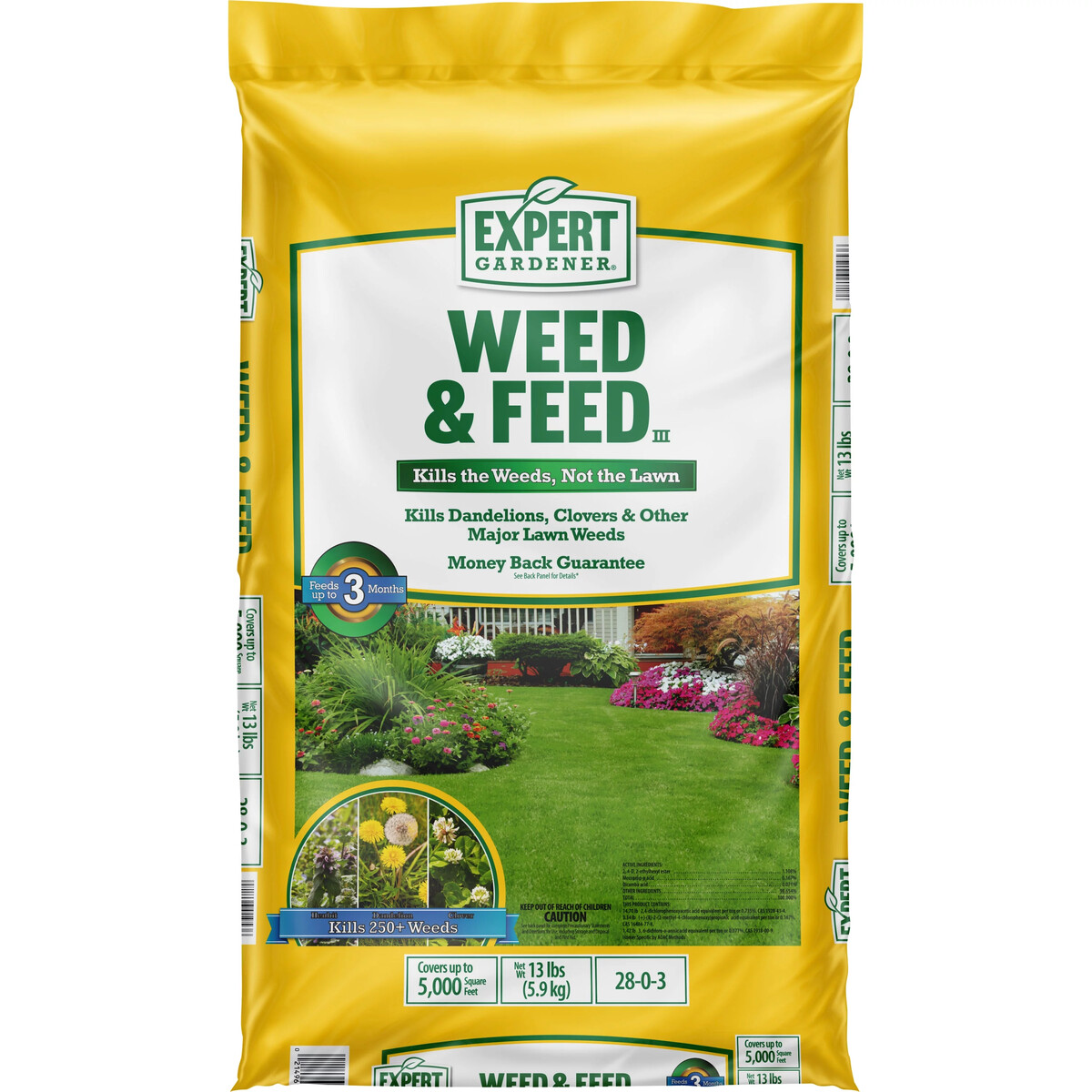
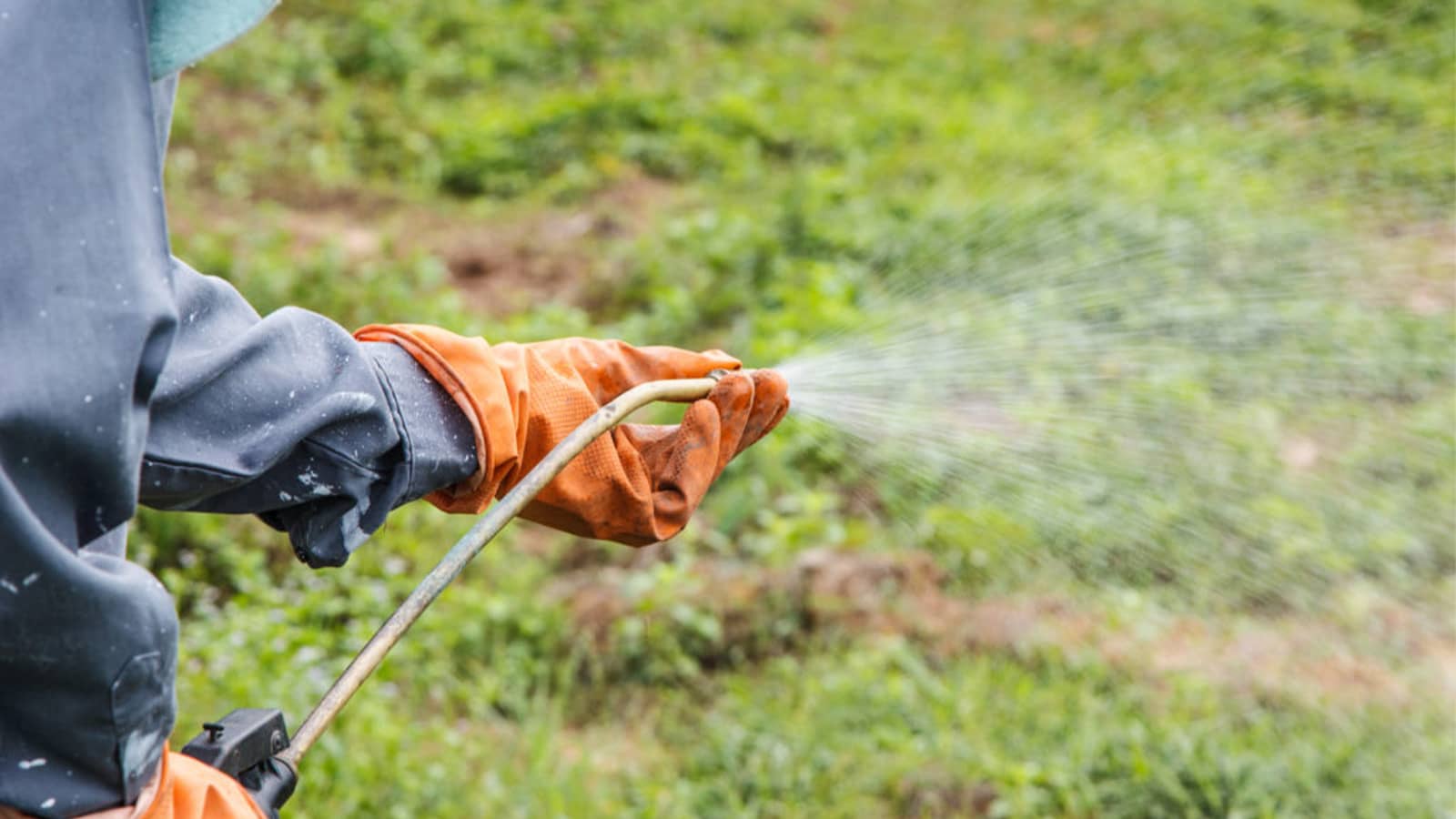
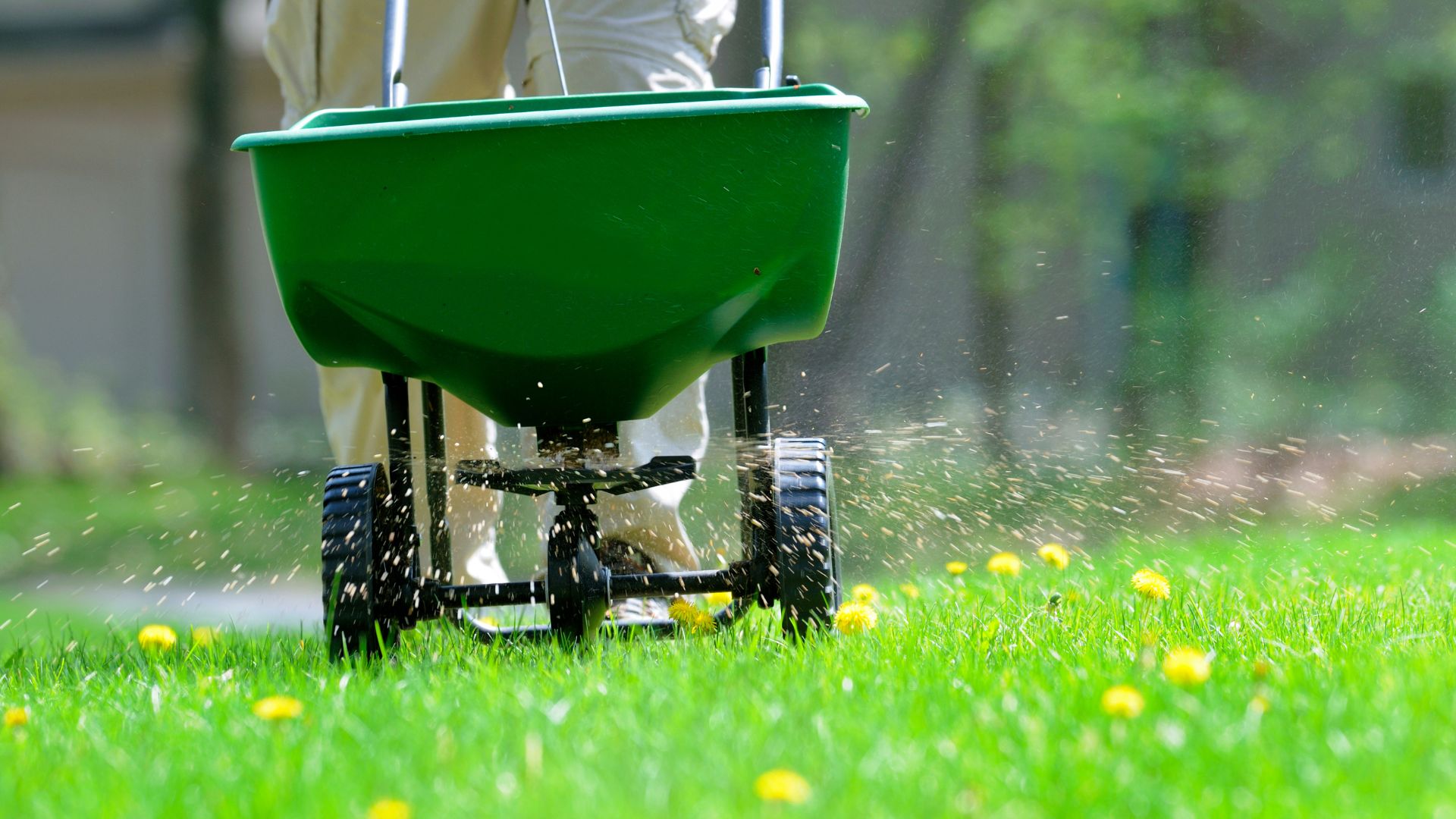
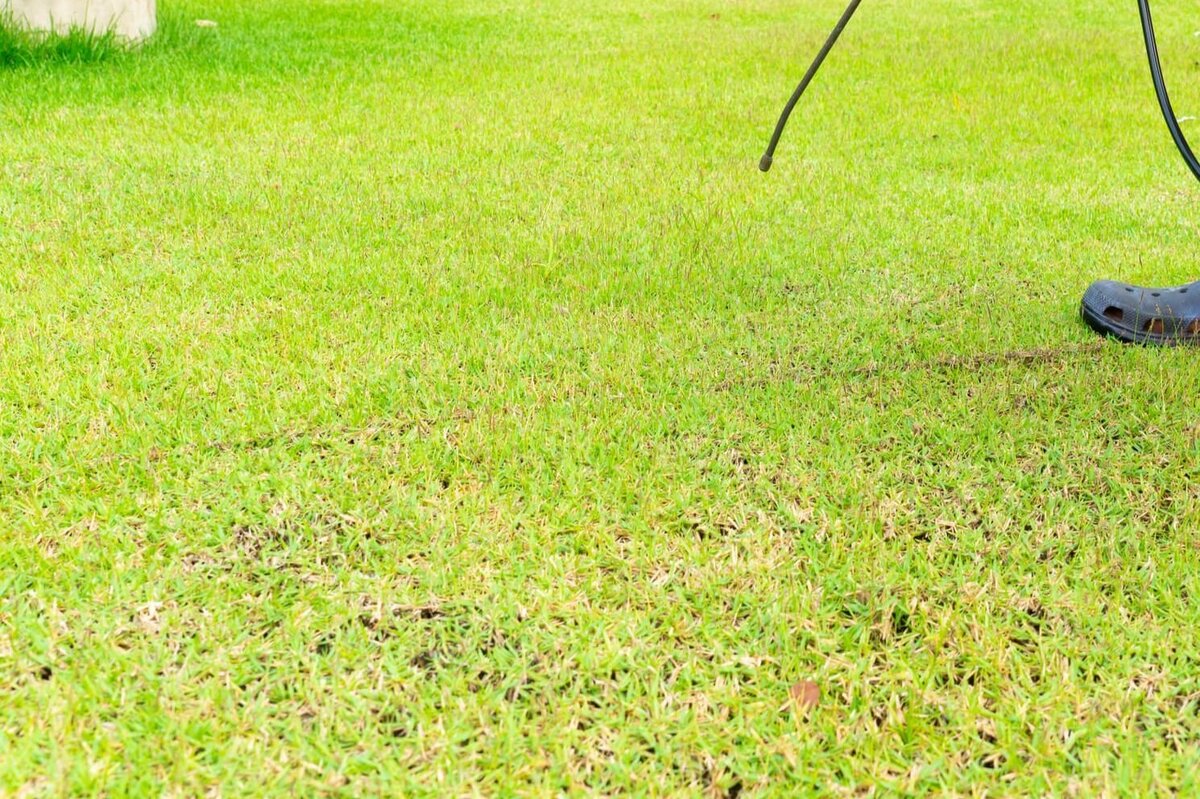
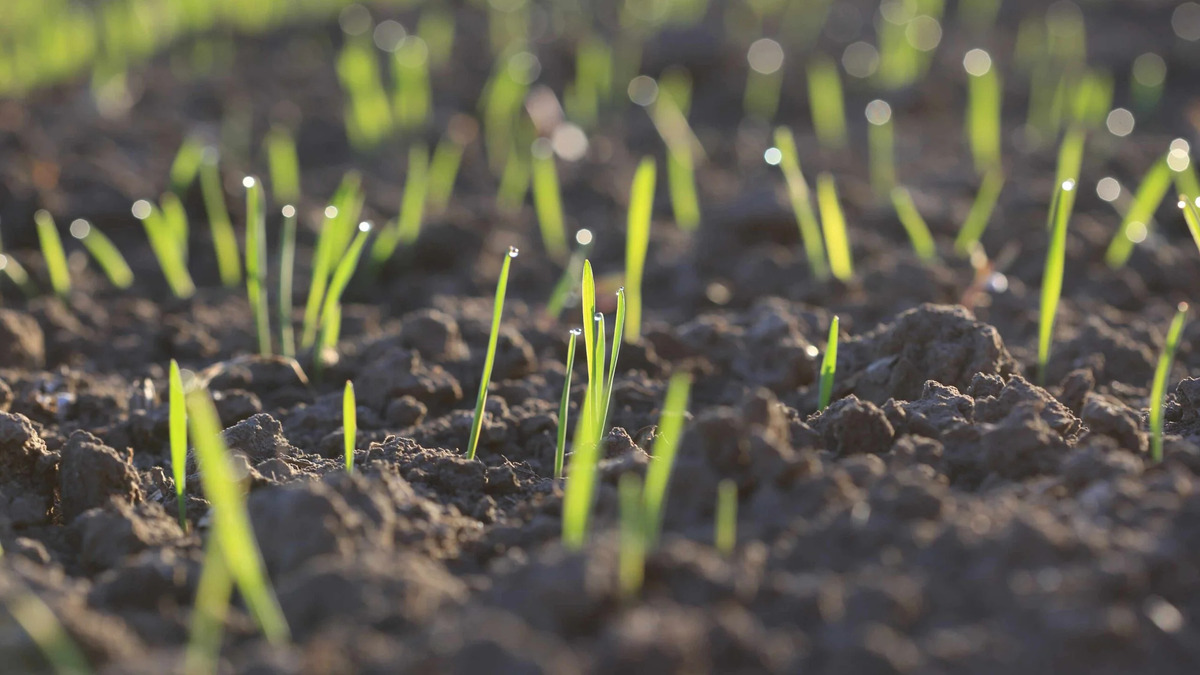
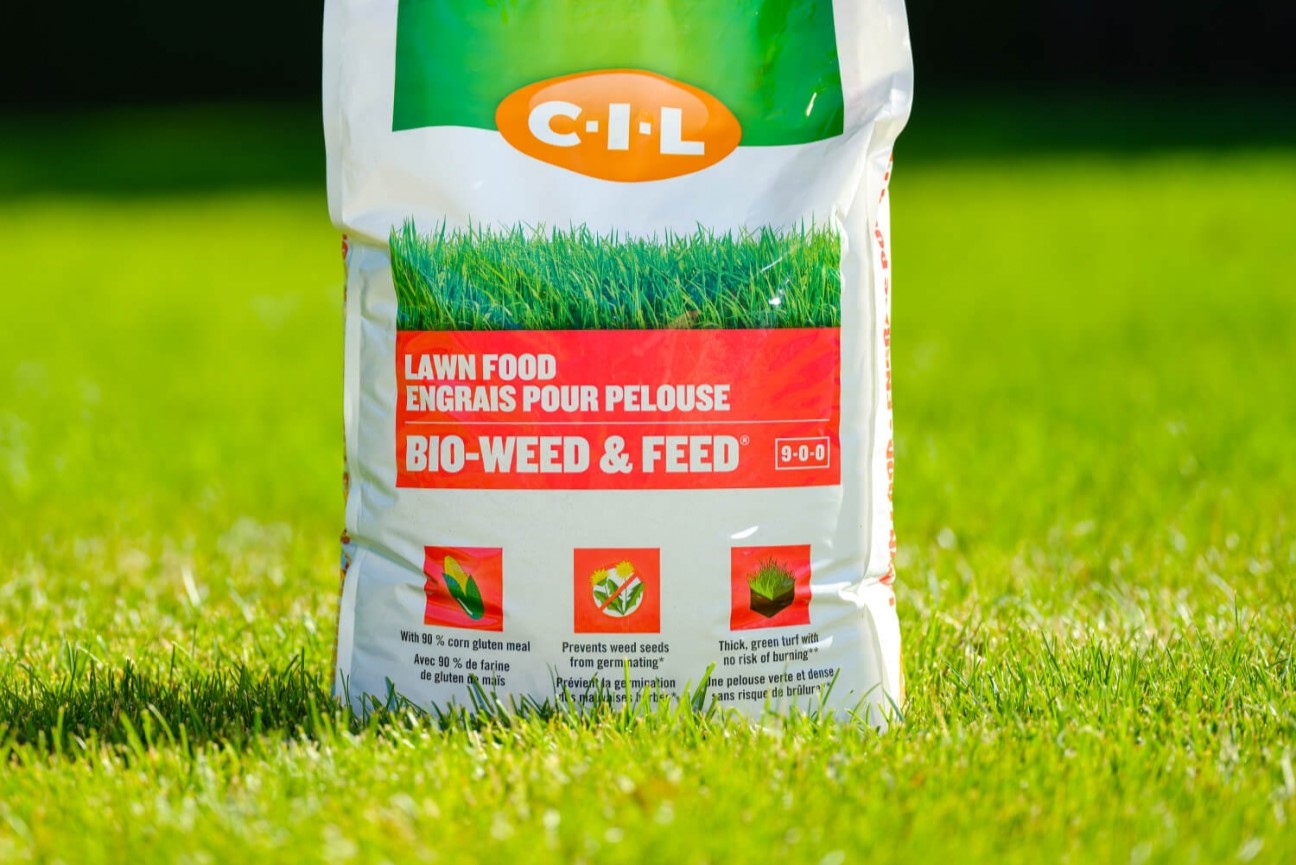
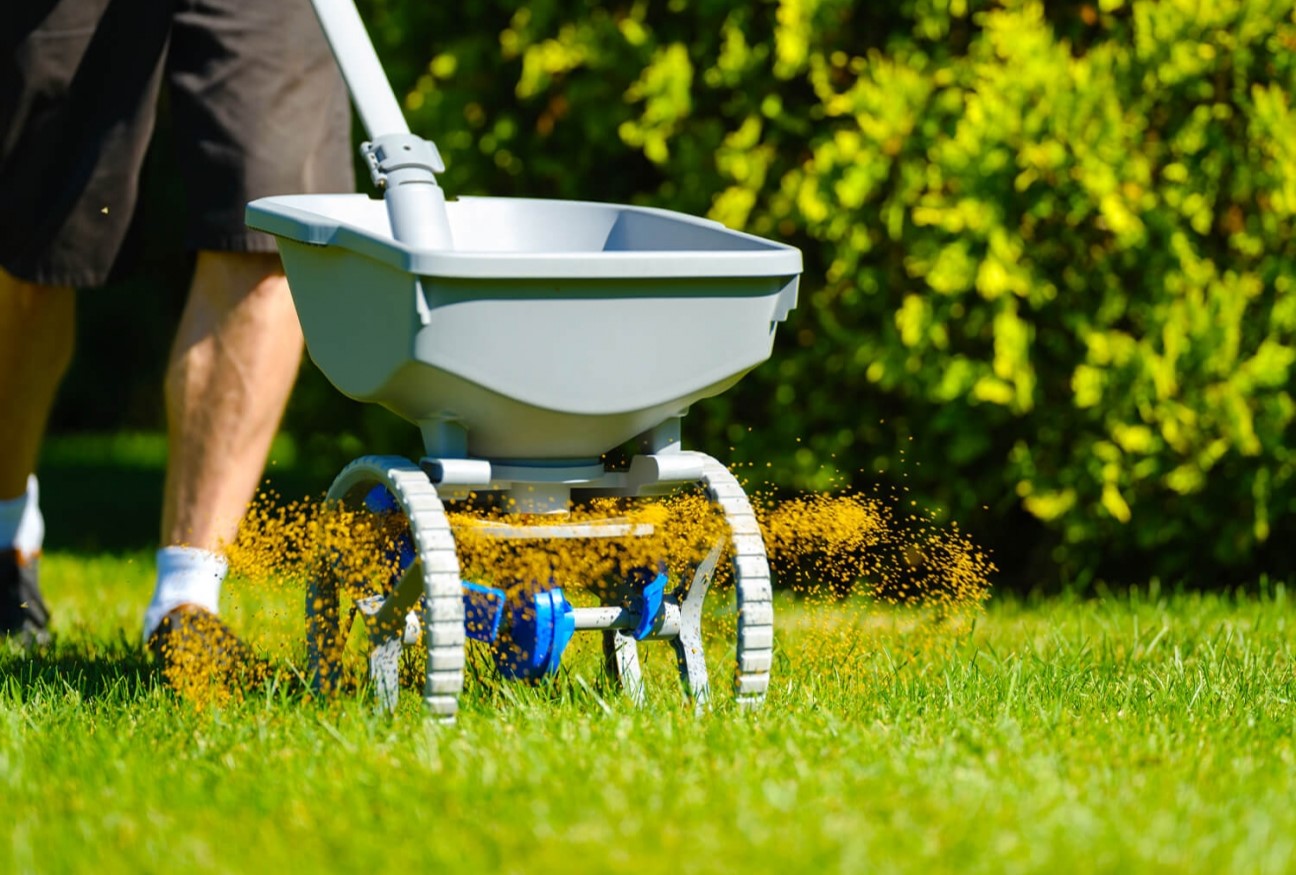
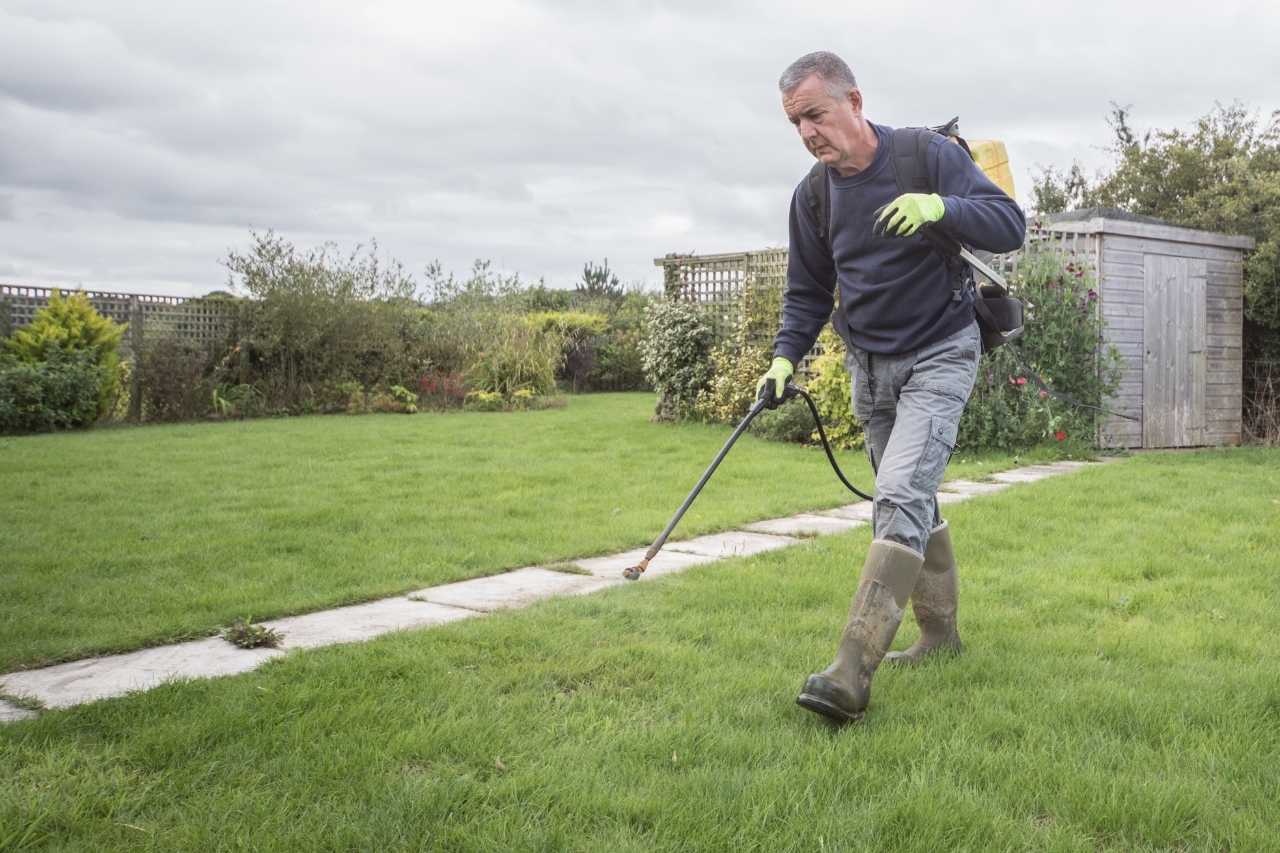

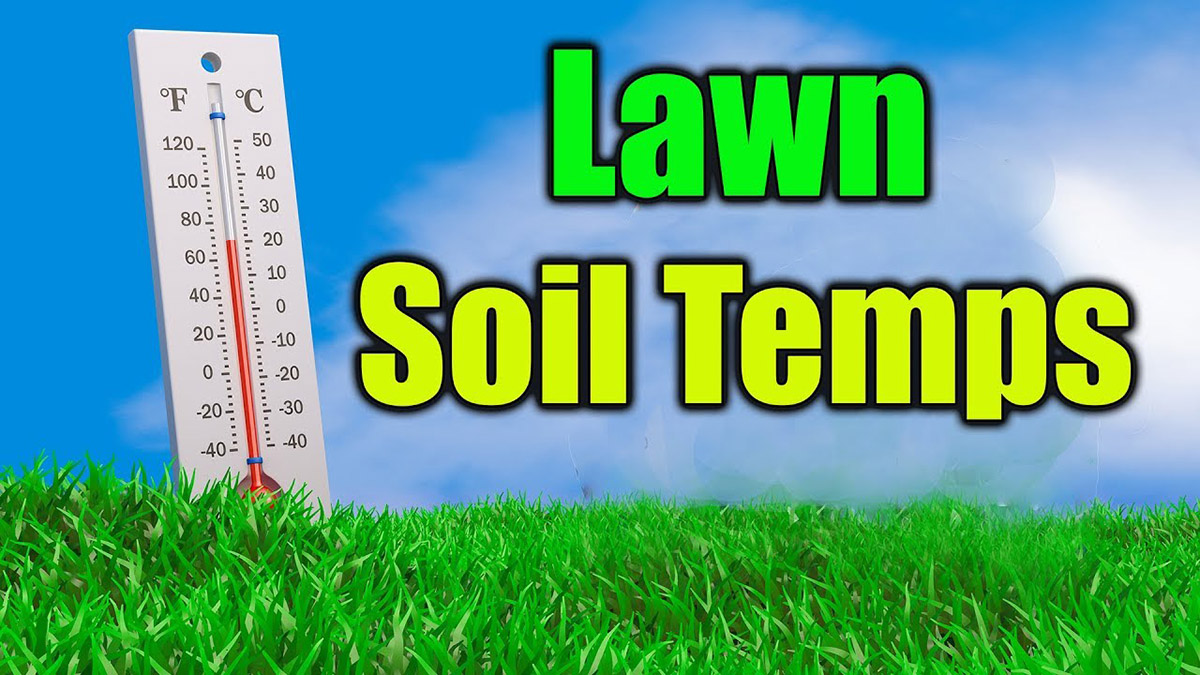
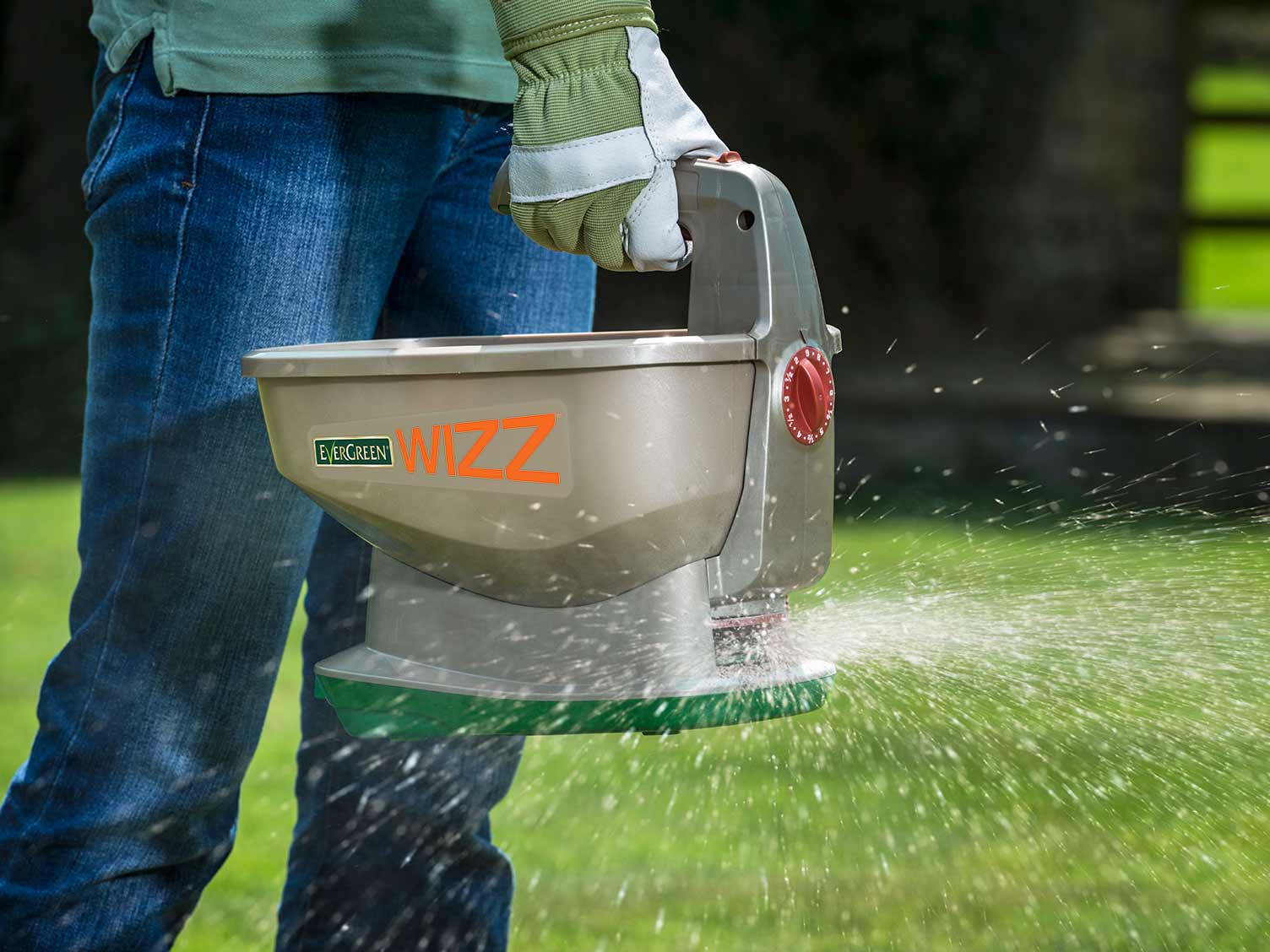
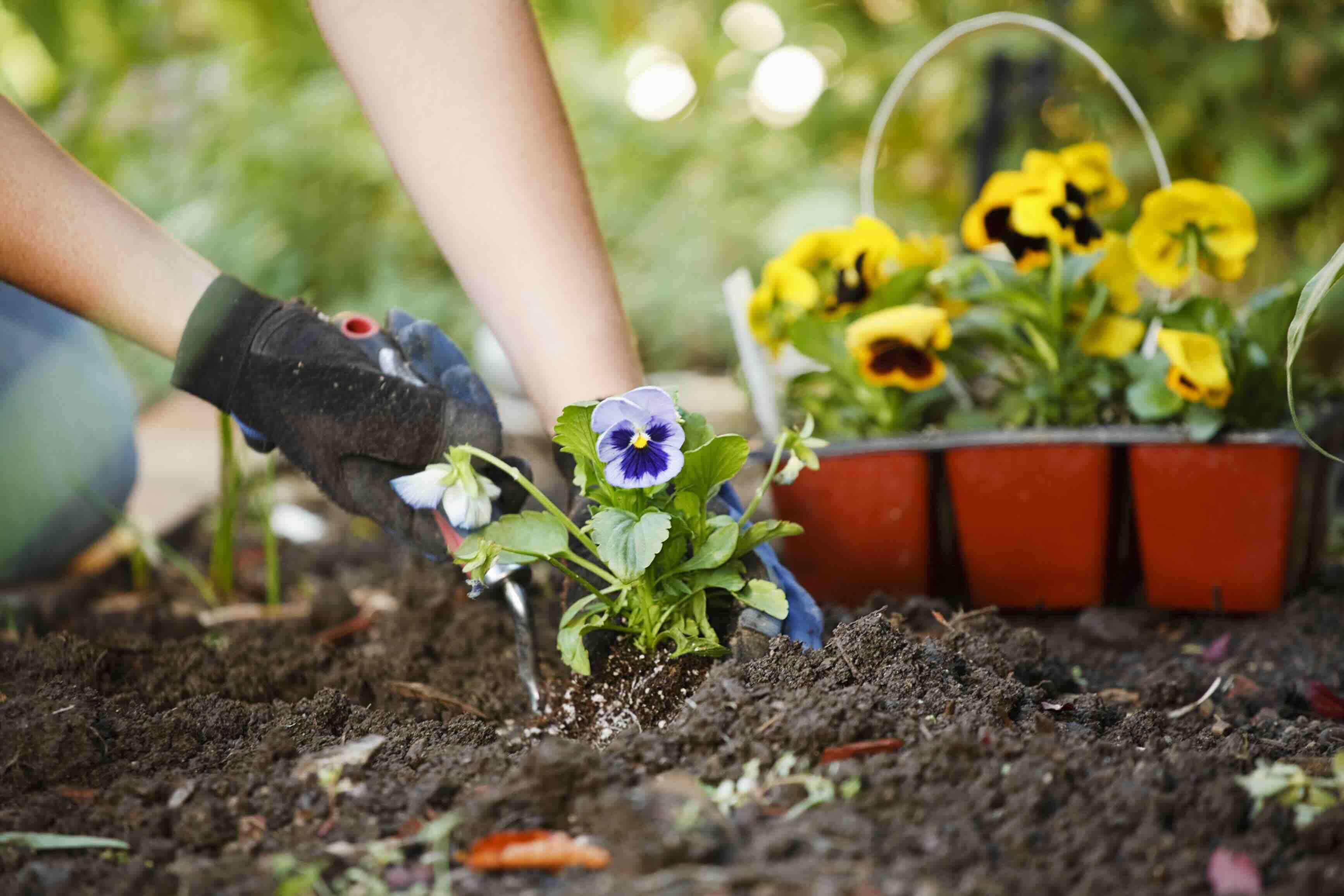

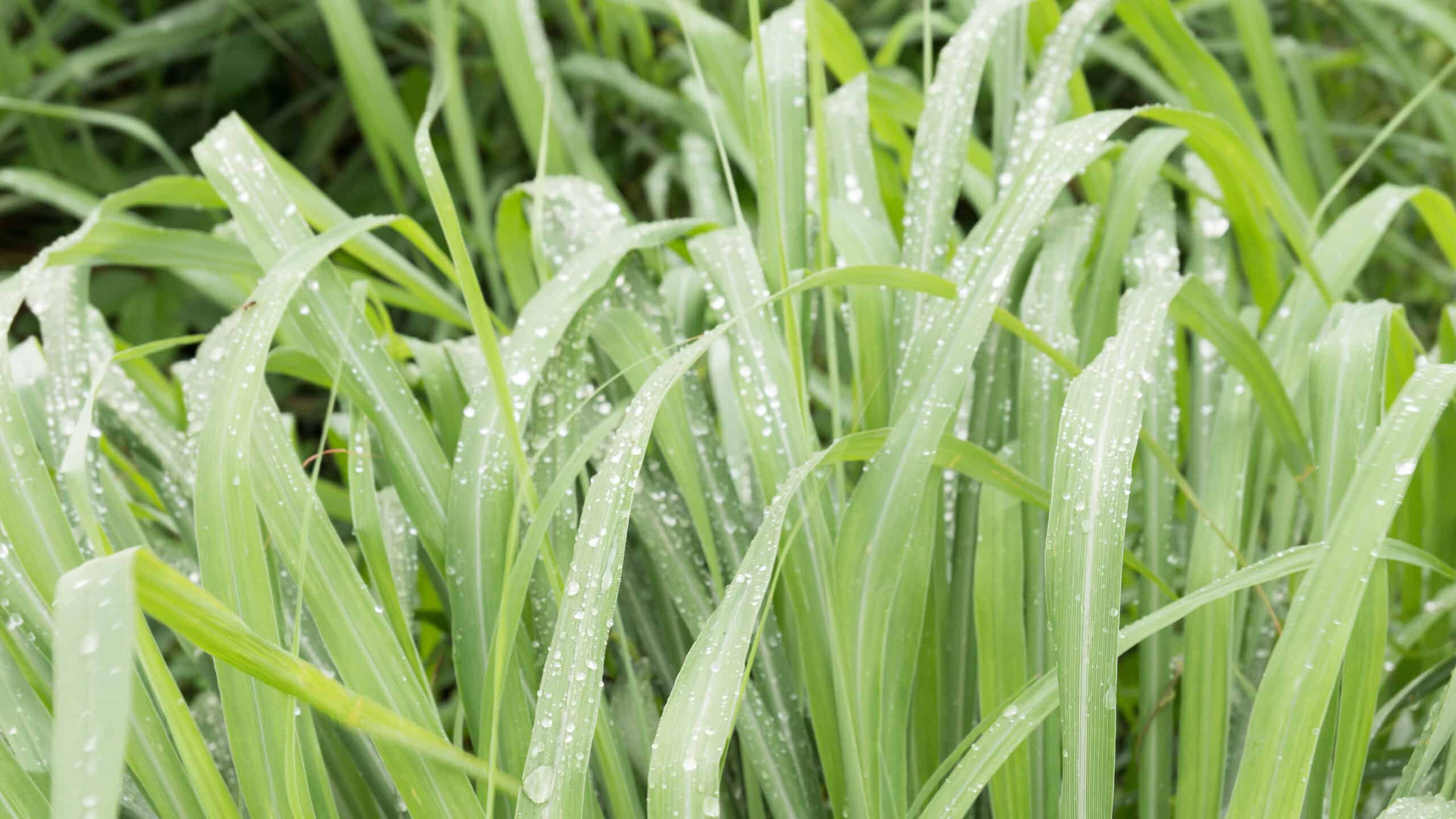

0 thoughts on “When To Weed And Seed Grass”